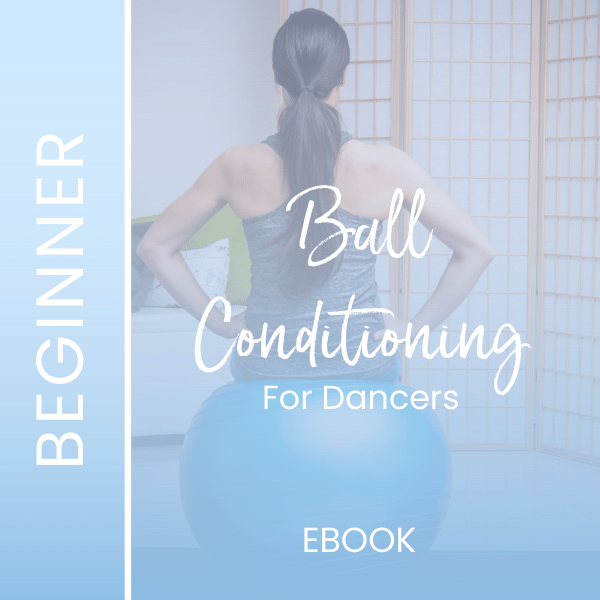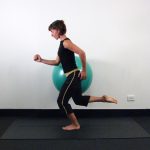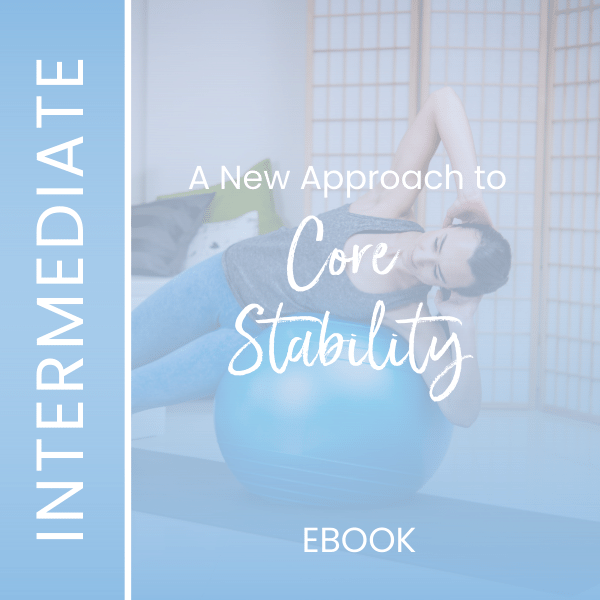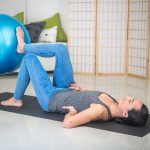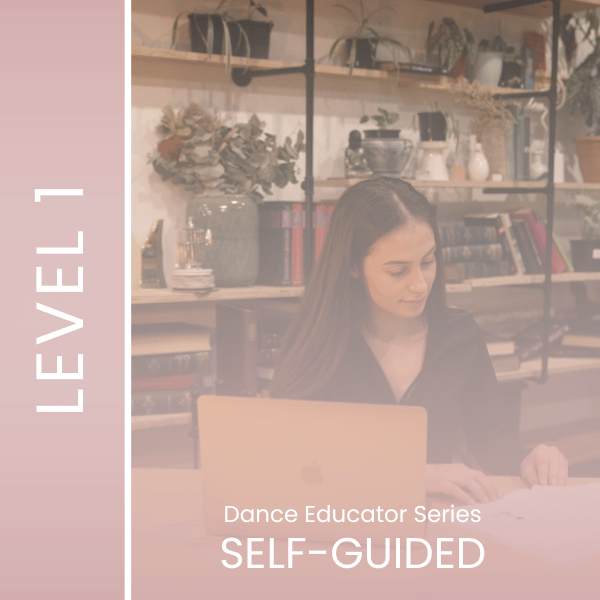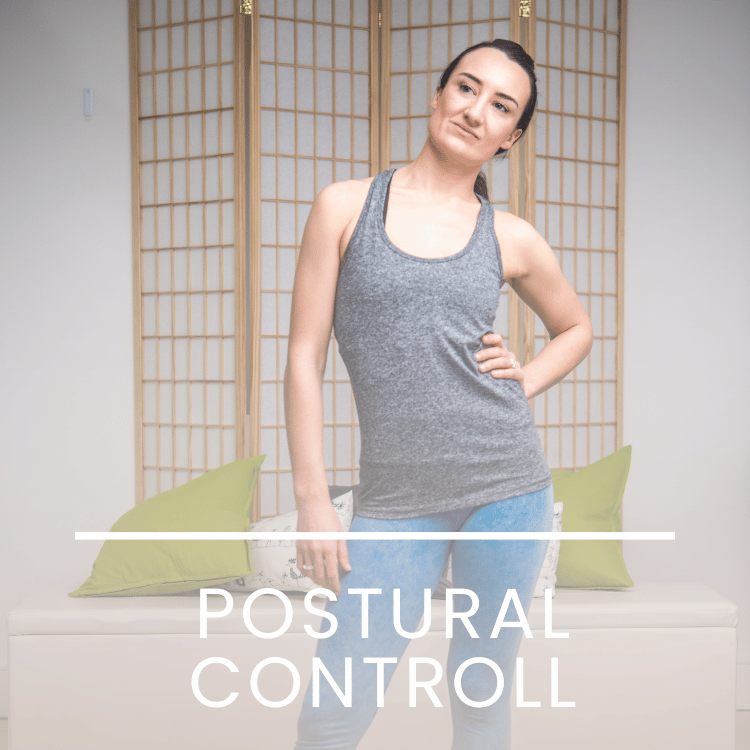- Free Articles
- Shop
- Workshops
- The Dance Educator Series
- Upcoming Workshops
- Workshop FAQ’s
- Host Application Form
- Student Workshop Application Form
- Dance Teacher & Health Professional Directory
- Workshop Testimonials
- Members Areas
- Cart
- My Account
Tips for improving your sitting posture
Many of us have terrible posture in sitting, that we know is not ideal for our long term body health, but changing how we sit can be challenging. Have you ever tried to "sit up straight" only to find yourself slumped or with a foot hooked on the chair 5 minutes later? Do you try to stay sitting well, but then feel pain or discomfort in your back, and have to shift or wiggle to get comfortable again?
Many of the issues we have when trying to sit well for extended periods stem from trying to use movement muscles for a postural task. The outer back muscles will help us out when running and jumping, but if we try to hold them in a contracted state for long periods of sitting they will get very fatigued, and develop chronic tension over time.
Mastering a good spinal alignment, with little tension in the global muscles, yet support from the deep postural muscles, can be transformative. Building your endurance and ability to sit well can help:
- Reduce tension in the low back
- Improve flexibility into a forward bend
- Reduce low back pain
- Improve mobility in the hips
- Help relax tension between the shoulder blades
- Reduce the frequency of Cervical Headaches
Want to learn how?! Check out the video below, which is an excerpt from the Level 2 - Pointe Intensive, in our Dance Educator Series of workshops. Sitting posture endurance can be used as a great test for true core stability and spinal awareness.
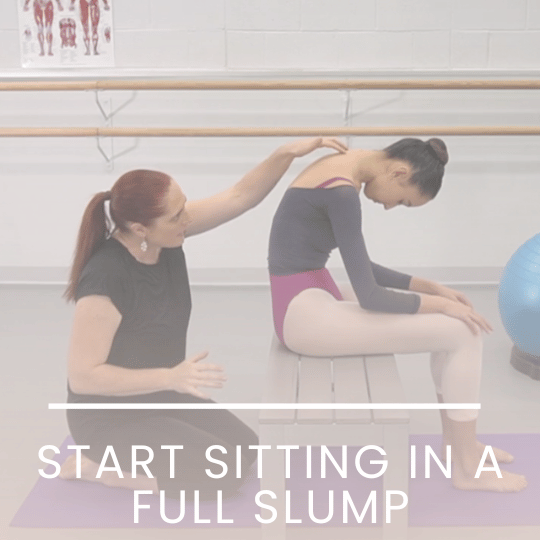
- Start sitting in a full slump, with the hands resting on the thighs
- If the low back is unable to flex, or there is any discomfort, try the Tucks & Tilts Sequence first
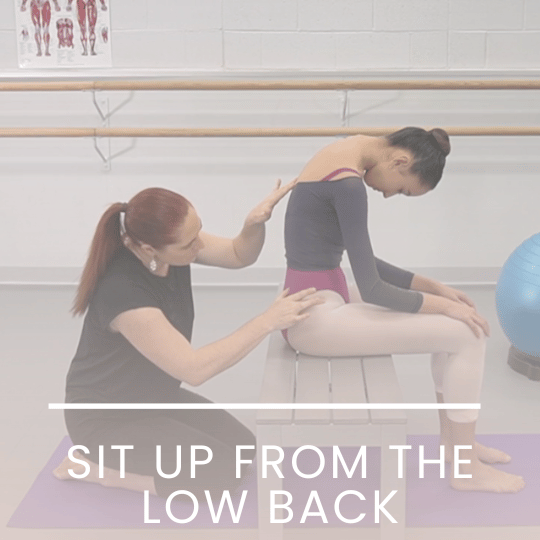
- Practice slowly sitting up from the very lowest part of the spine
- Keep the upper back relaxed into flexion
- This may be quite shaky initially, this is ok, but just indicated reduced control in the smaller spinal stabilisers
- This stage helps differentiate between the Thoracic and Lumbar extensors
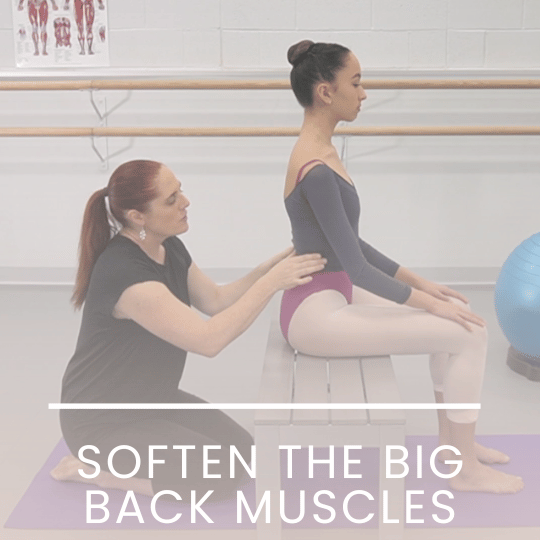
- Progress to slowly stacking the spine to arrive in neutral
- There should still be a slight flexion in the thoracic area
- Play with subtle adjustments in order to be able to relax the outer back muscles
- This may take some time to master!
- Make sure that the superficial hip flexors are also relaxed
Keep in mind that as humans we are not designed to sit for long periods! While it is good to train your endurance in sitting, it is even more important to reduce your time spent in sitting, and mix it up wherever possible! Options such as using a standing desk, or even lying down to work for periods of the day, can be helpful if you need to be studying or working a lot.
It is also totally fine to use the back of the chair to support you. Still focus on finding a restful posture that allows relaxation, and the ability to breath into the backs of your ribs.

Want to learn more?
Check out our extensive range of core stability resources and dance educator workshops, that explore how to train core stability in an age appropriate, sustainable way, building layers of stability over time. Our "New Approach to Core Stability" is ideal for Dancers or Dance Educators of any age.
-

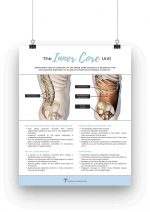 This product has multiple variants. The options may be chosen on the product page
This product has multiple variants. The options may be chosen on the product pageThe Core Series (Australia)
$25.00 – $100.00

